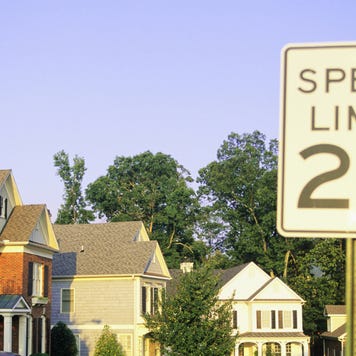Insurance
Find news and advice on homeowners, renters, and auto insurance.
Car Insurance
Auto insurance protects your finances from the unexpected. Use our car insurance tools to generate quotes, compare coverage options and find the best insurance company for you. Bankrate’s editorial team curated these top auto insurance picks for your budget.
Homeowners Insurance
If anything happens to your home or belongings, home insurance can protect you financially. Find out how much home insurance you need, how much you’ll pay, and what company is best for you with our online tools.
Insurance Basics

What is car insurance and how does it work?
Car Insurance
Car insurance provides financial security to drivers and is often required to drive.

What is homeowners insurance and how does it work?
Homeowners Insurance
Find out what home insurance covers and how much it typically costs.

What are the different types of car insurance coverage?
Car Insurance
Learn the difference between common car insurance coverage types and how they work.


Insurance Reviews
Latest Articles

8 things that impact the cost of insurance — plus some others that may surprise you.

Bankrate breaks down nonstandard auto insurance and how it works.

What is gap insurance in Florida? Bankrate explores this and other questions.

What’s the true cost of a DUI? Bankrate takes a look.

Full coverage car insurance typically includes comprehensive and collision coverage.

Speed now, pay later. California speeding tickets raise insurance rates for years.

Bankrate helps high-risk drivers in NY explore their available insurance options.

Bankrate explains how being named high-risk impacts your car insurance rates.

Bankrate breaks down nonstandard auto insurance and how it works.

What is gap insurance in Florida? Bankrate explores this and other questions.

What’s the true cost of a DUI? Bankrate takes a look.

Full coverage car insurance typically includes comprehensive and collision coverage.

Speed now, pay later. California speeding tickets raise insurance rates for years.

Bankrate helps high-risk drivers in NY explore their available insurance options.

Bankrate explains how being named high-risk impacts your car insurance rates.

Find out how much insurance goes up for a speeding ticket in Georgia.

8 things that impact the cost of insurance — plus some others that may surprise you.

What should you do if you’re having a home inspection? Bankrate explains.

Find out when homeowners insurance covers tree removal — and when it doesn’t.

Find out when home insurance covers mold — and when it does not.

Louisiana, Texas and Oklahoma all share high insurance rates and poor retirement rankings.

A home renovation can change your insurance needs.

Curious how home insurance adjusters work? Bankrate helps you understand.

A home with history? Find out why certain properties may be especially hard to sell.
The trusted provider of accurate rates and financial information



